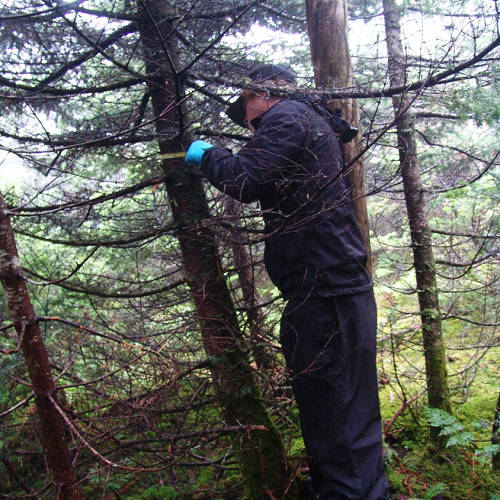Long-term Forest Ecosystem Monitoring
In addition to FEMC's flagship long-term Regional Forest Health Monitoring program, FEMC collaborates with government agencies, universities, and independent scientists to maintain a number of long-term monitoring projects.
These projects span disciplines, geography and time, with some projects going back to the 1980s. FEMC conducts active field work, project development and guidance, and data management for these projects, and keeps projects updated with the most current available information. As indicated in the menus below, some have concluded and many are ongoing.Through collaborations with government agencies, universities, and independent scientists, the Forest Ecosystem Monitoring Cooperative maintains a number of long-term monitoring projects.
Monitoring Programs
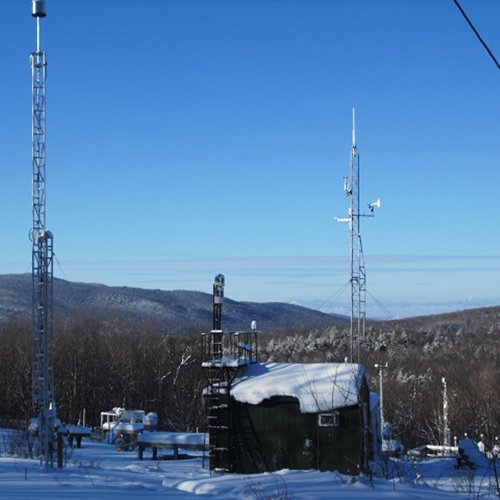
Air Quality
The FEMC air quality monitoring records extend back decades and include international, national, and regional partners. We do hands-on monitoring at the Proctor Maple Research Center in Underhill, VT providing data to inform policy that improves air quality in the region.
Key projects:
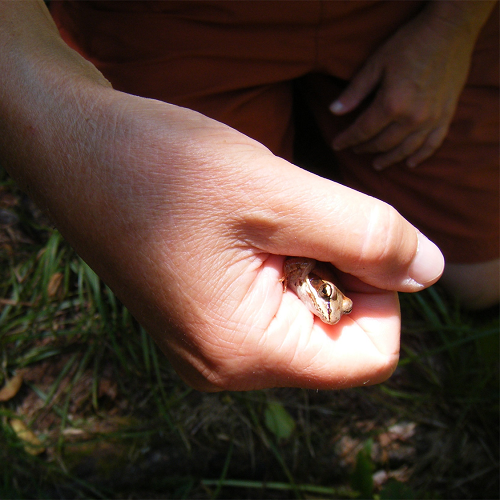
Amphibians
Amphibians are excellent indicators of environmental change because their survival depends on clean water and a narrow range of soil and water acidity. Pollution, habitat loss and other anthropogenic factors are observable from changes in amphibian population and distribution. The FEMC supports long-term monitoring of both common and rare species that aid in the assessment of these stressors.
Key projects:
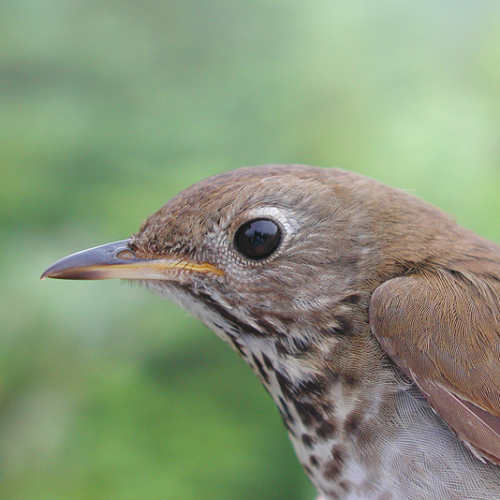
Birds
Beyond their delightful qualities, birds also serve as indicators of ecosystem health. The Forest Ecosystem Monitoring Cooperative supports monitoring of forest bird populations and demographics of rare habitat specialist species. These datasets shed light on the effects of high-elevation development and recreation on birds over time.
Key projects:
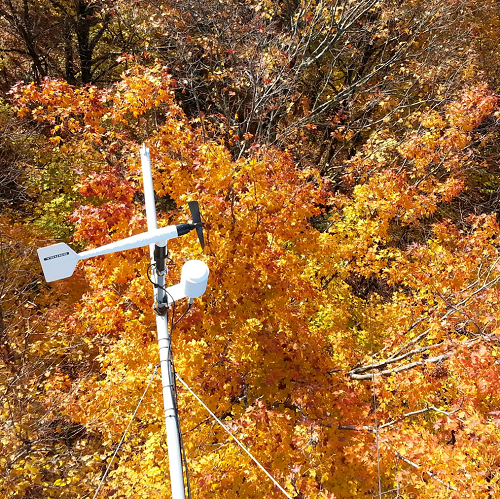
Meteorology
Weather and climate are related but very different phenomena, weather being the condition of the atmosphere (precipitation, temperature, etc.) over the short term, while climate refers to longer-term trends and seasonal patterns. Without long-term weather records it would be impossible to tease out annual anomalies from more ecologically significant climate trends, which makes this information critical to scientists and planners of all kinds. The FEMC operates multiple stations taking continuous measurements for the assessment of climate trends and patterns across the landscape.
Key projects:
Pests & Pathogens
The Forest Ecosystem Monitoring Cooperative archives and maintains long-term forest health monitoring records from the northeastern region collaborating with the US Forest Service, National Forests and state and municipal natural resource agencies. FEMC supplements these national efforts with on-the-ground forest health monitoring in rural and urban settings, and maintains a highly skilled field team available for hire. Learn more about the Forest Health Monitoring program here.
Key Projects:
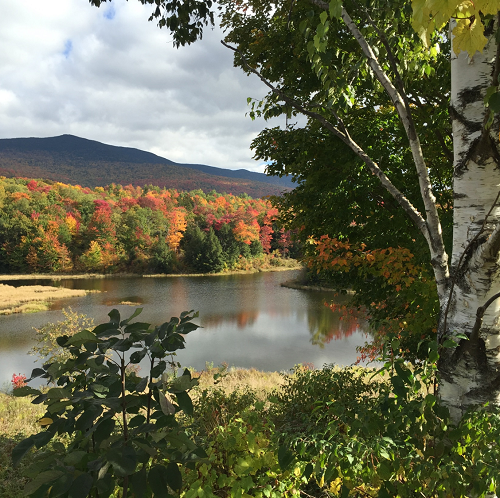
Phenology
Annual tree phenology measurements (springtime leaf expansion and fall senescence) establish the timing of developmental events and trends. This information enables the separation of stress events on forest condition from long-term changes due to effects of global climate change. FEMC collects and archives yearly phenology assessments stretching back to 1992. Working with partners, FEMC is developing a landscape-scale model of forest productivity based on remote sensing of forest phenology.
Key projects:
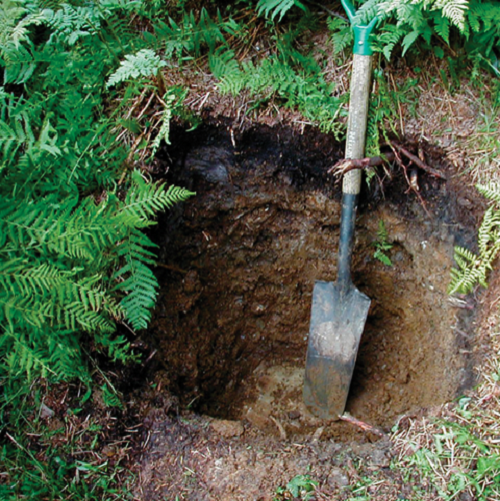
Soils
The FEMC Long-Term Soil Monitoring program will monitor a century of change in forest soils due to human-caused impacts, such as climate change and air pollution. Sampling of vegetation, chemistry and soil structure began in 2000, and will continue every 5 years over at least a 100-year period in undisturbed forest settings. These plots are co-located with Soil Climate Analysis Network sites, a national network that measures soil temperature and moisture among other variables. Major partners in this project are the Vermont Agency of Natural Resources, University of Vermont, USDA Natural Resources Conservation Service, USDA Forest Service Northern Research Station, The Green Mountain and Finger Lakes National Forests, and the US Geological Survey.

